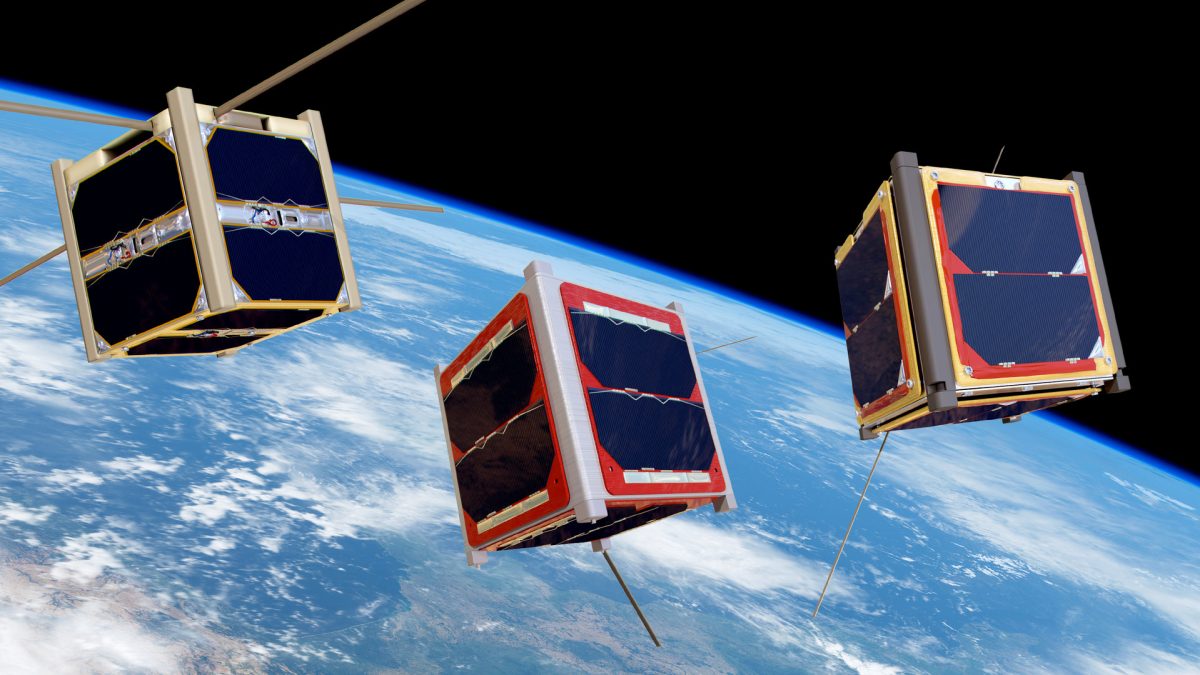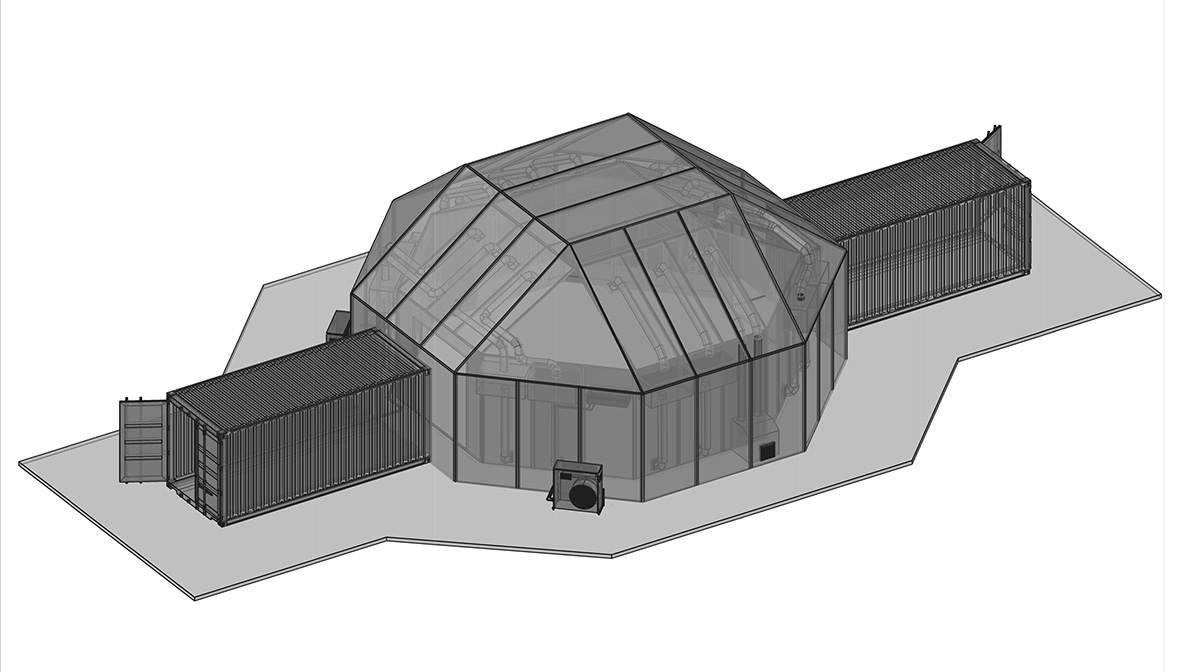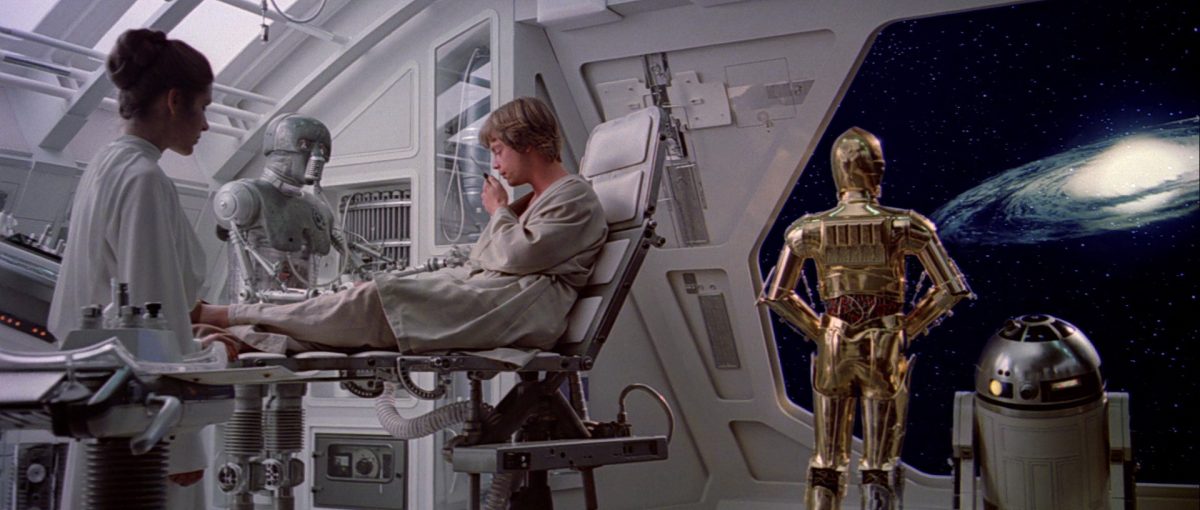research
Statistical analysis and modelling of small satellite reliability European Safety & Reliability Conference, 2023

doi: 10.3850/978-981-18-8071-1_P627-cd
University of Southampton: N. Dacre, M. Brito, D. Baxter, K. Xu
University of Teeside: M.K.S. Al-Mhdawi
Plastron UK: C. Young
Smaller launching systems and highly reliable components have become dominant demand in the small satellite sector. This notwithstanding small satellites have been the cause of the majority of space debris. It is therefore correct to ask, what is the survivability of small satellites? To address this question a small satellite database was constructed based on 4,567 small satellites deployed from 1990 to 2022. All satellites are restricted with a launch mass of no more than 500kg. In this paper, we present the survival distributions for different types of satellites based on satellite mass category, standard compliance and subsystem contribution.
Download: Statistical analysis and modelling of small satellite reliability
An Agile Compliance Framework for the European Cooperation for Space Standardisation, IEEE Aerospace Conference 2023

doi: 10.1109/AERO55745.2023.10115917
University of Southampton: M. K. S. Al-Mhdawi, N. Dacre, M. Brito, D. Baxter, K. Xu
Plastron UK: C. Young
Agile methodologies have become increasingly popular for enhancing quality and customer satisfaction, shortening delivery times, decreasing risk in changing environments, and improving team morale and productivity for a wide variety of complex systems. However, there is limited research regarding how agile attributes and principles can help achieve high European Cooperation for Space Standardization (ECSS) compliance levels, resulting in increased Technology Readiness Levels (TRL) and commercialization potential for the product. Accordingly, the objectives of this research are to identify and prioritize the level of significance of the critical attributes for the successful implementation of agile project management in the space industry and develop an agile framework for ECSS compliance.
Download: An agile compliance framework for ECSS
Modelling Flow and Particulate Matter Dispersion in a Portable Cleanroom and Optimising Its Ventilation Efficiency, cospar (committee on space research) 2022

University of Southampton: Zheng-Tong. Xie, M. Coburn
Plastron UK: C. Young
Assessing the ventilation efficiency and effectiveness of a cleanroom is crucial for many applications, such as mobile satellite cleanrooms, hazardous transportation facilities and medical cleanrooms. These applications have a much higher requirements than, e.g. those for industrial workplaces, shopping centres, or household kitchens. The assessment of these facilities is extremely challenging for numerical modelling, physical and field experiments. An accurate prediction or measurement of the peak concentration of the Particulate Matter (PM) is crucial for the estimation of the exposure (dosage), but is usually out of the range of numerical resolution or sensor sensitivity. The University of Southampton team applied their Numerical Environmental Wind Tunnel Of Newtonian fluid (NEWTON) tool to simulate flow and PM dispersion for the application of design and optimisation of mobile cleanrooms developed by Plastron UK Ltd. This work was funded by SPace Research and Innovation Network for Technology (SPRINT).
Designing clinical trials for future space missions as a pathway to changing how clinical trials are conducted on Earth, JEBM 2020

doi: 10.1111/jebm.12391
Mona Nasser, Nicholas Peres, Jacqui Knight, Agatha Haines, Charlie Young, Diego Maranan, Julian Wright, Philip Carvil, Karen Robinson, Matthew Westmore, Joanna Griffin, Matthew Halkes
Objective: The project aims to build a framework for conducting clinical trials for long‐term interplanetary missions to contribute to innovation in clinical trials on Earth, especially around patient involvement and ownership. Methods We conducted two workshops in which participants were immersed in the speculative scenario of an interplanetary mission in which health problems emerged that required medical trials to resolve. The workshops used virtual reality and live simulation to mimic a zero‐gravity environment and visual perception shifts and were followed by group discussion. Results Some key aspects for the framework that emerged from the workshops included: (a) approaches to be inclusive in the management of the trial, (b) approaches to be inclusive in designing the research project (patient preference trials, n‐of‐1 trials, designing clinical trials to be part of a future prospective meta‐analysis, etc), (c) balancing the research needs and the community needs (eg, allocation of the participants based on both research and community need), (d) ethics and partnerships (ethics and consent issues and how they relate to partnerships and relationships). Conclusion In identifying some key areas that need to be incorporated in future planning of clinical trials for interplanetary missions, we also identified areas that are relevant to engaging patients in clinical trials on Earth.
